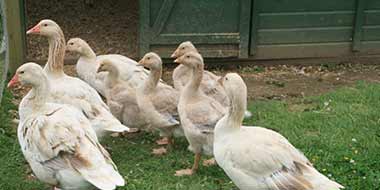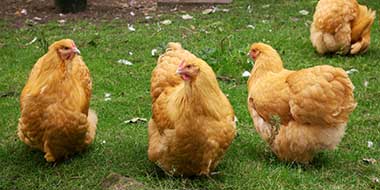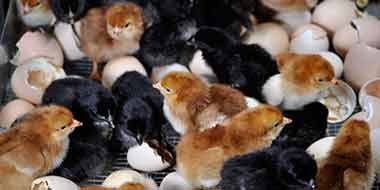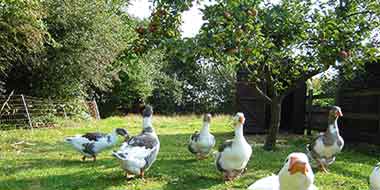Whilst we are all very familiar with Marek’s disease, causing tumours in chicken flocks, Avian Leukosis disease is another tumour causing virus that can have equally devastating effects.
Avian leukosis virus belongs to a family of viruses called retroviruses. Included in this family are bovine leukosis (affecting cattle), feline leukosis (affecting cats) and HIV. Note that the virus cannot spread to humans or any other species.
Like all retroviruses, the virus is relatively weak and does not survive well outside of the birds. Hence it is only transmitted via mating, through the egg and through biting pests (such as red mites and biting flies).
Like Marek’s disease, Avian leukosis infects the white blood cells, causing two problems: firstly, the virus damages the infected white blood cells. The bird cannot fight off other diseases that an otherwise healthy bird would do.
This leads to the bird developing other infections such as respiratory disease and coccidiosis. When your vet treats these infections, the birds don’t recover as well as expected.
Secondly, the virus eventually forms tumours in the bird’s internal organs, such as the liver, spleen, kidneys, reproductive organs, and bones.
See the picture in the dropdown toggle below, hidden because Google sent us a warning saying it was objectionable content.
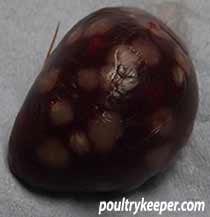
Initial observations
Initially, the birds may appear to have a minor respiratory infection or diarrhoea; however, even with treatment, the birds often fail to improve. The affected chickens often become dull and lose a lot of weight. Eventually, if not euthanized, these birds die. In some cases, Avian leukosis causes bone tumours to form in the legs, leading to thickened bowed legs. However, it is important to note that, unlike Marek’s disease, Avian leukosis never causes nervous signs as the virus does not cause tumours in the nervous system.
Diagnosing avian leukosis
The best way to diagnose leukosis is through a post mortem where the vet will look for tumours in the internal organs. Often it is difficult to distinguish between Marek’s and Avian leukosis on post mortem without histopathology (the tissue is cut into thin slices and examined through a microscope to look for the cancerous cells).
Again, there is a picture in the dropdown toggle below, hidden because Google says it’s objectionable content.
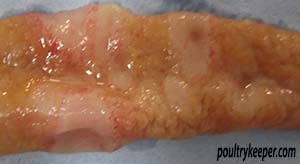
Treatment
There is no treatment for leukosis, and unfortunately, it is usually kinder to put any affected birds to sleep.
Prevention is based upon keeping a closed flock and only buying birds (and eggs, for that matter) from reputable suppliers. If you have had an affected bird, then any of its offspring are potentially infected, as are any birds it has mated with.
If you have had an outbreak, it is important to destroy all red mites. Biting flies can also carry the virus between birds.
One other problem with this virus is that infected birds often act as reservoirs for other diseases such as respiratory disease, which can infect birds that do not have avian leukosis.
If you suspect any of your birds have avian leukosis disease, then you must seek veterinary help immediately.



